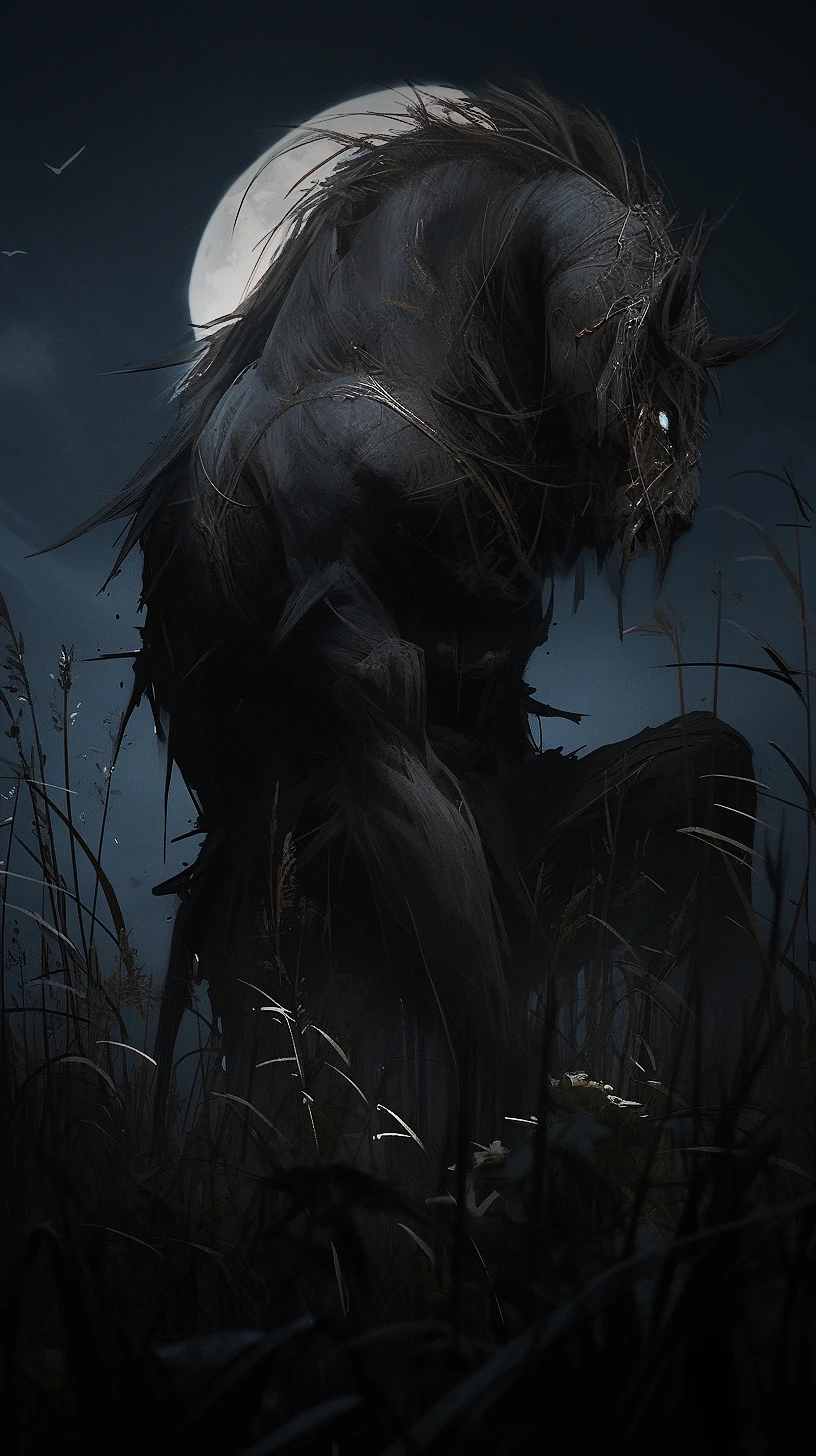
Want to learn how to create images like this one?
Check out our crash course in prompt engineering & AI art generation!
The Tikbalang is a mythical creature that holds a prominent place in the country's rich mythology. It is often described as a half-horse, half-human creature, with the head of a horse and the lower body of a human. The Tikbalang is known for its immense height, long limbs, and powerful build, making it a formidable and intimidating presence.
The Tikbalang is believed to inhabit dense forests, mountains, and other remote areas. It is associated with certain natural landmarks, such as old trees or large rocks, which are said to be its dwelling places. According to folklore, the Tikbalang enjoys playing pranks on travelers, leading them astray or causing them to become disoriented in the wilderness.
In some legends, the Tikbalang is considered a benevolent guardian of nature, while in others, it is depicted as a mischievous and tricky creature. To avoid encountering the Tikbalang or falling victim to its pranks, travelers are advised to wear their clothes inside out or ask for permission before passing through its territory.
The legend of the Tikbalang has been passed down through generations, and it remains a captivating part of Philippine culture and tradition. Even in modern times, tales of the Tikbalang continue to be shared, adding to the country's diverse tapestry of folklore and myths.
These are just some of the most well-known monstrous creatures in the Philippines. There's still the Engkanto, Dwende, Syokoy, Sigbin, Pugot, and a lot more. I'll cover the five that I've mentioned in my next set.









